In modern logistics, efficiency and automation are key factors for sustainable success. Automated guided vehicles (AGVs) are revolutionizing intralogistics by automating transport processes, reducing operating costs, and increasing workplace safety.
Our advanced AGV solutions are designed to optimize your intralogistics processes and equip your company for the challenges of today and tomorrow. Discover how driverless transport systems can increase your efficiency and secure long-term competitive advantages.
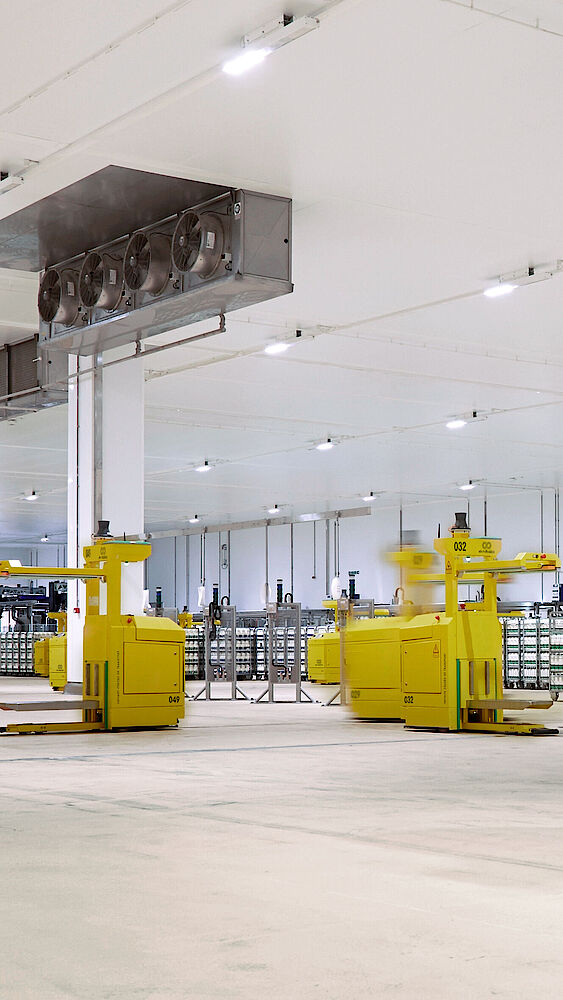
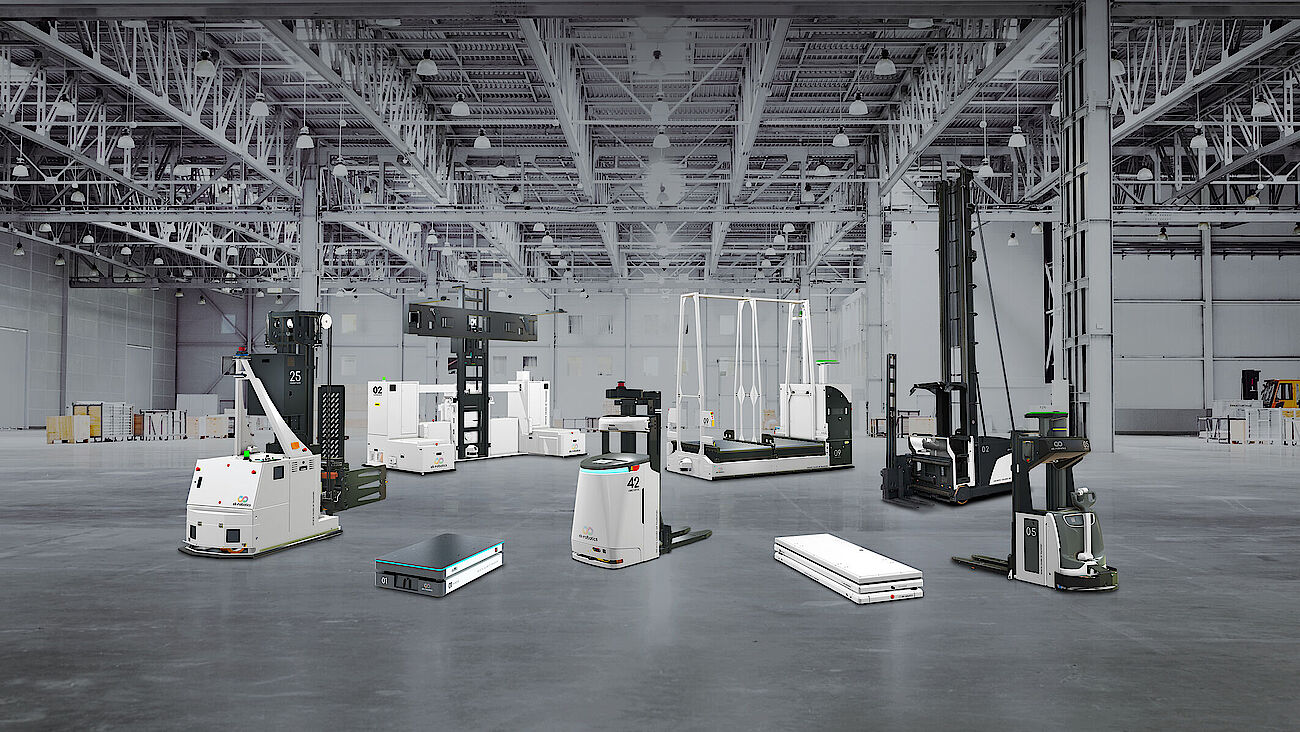
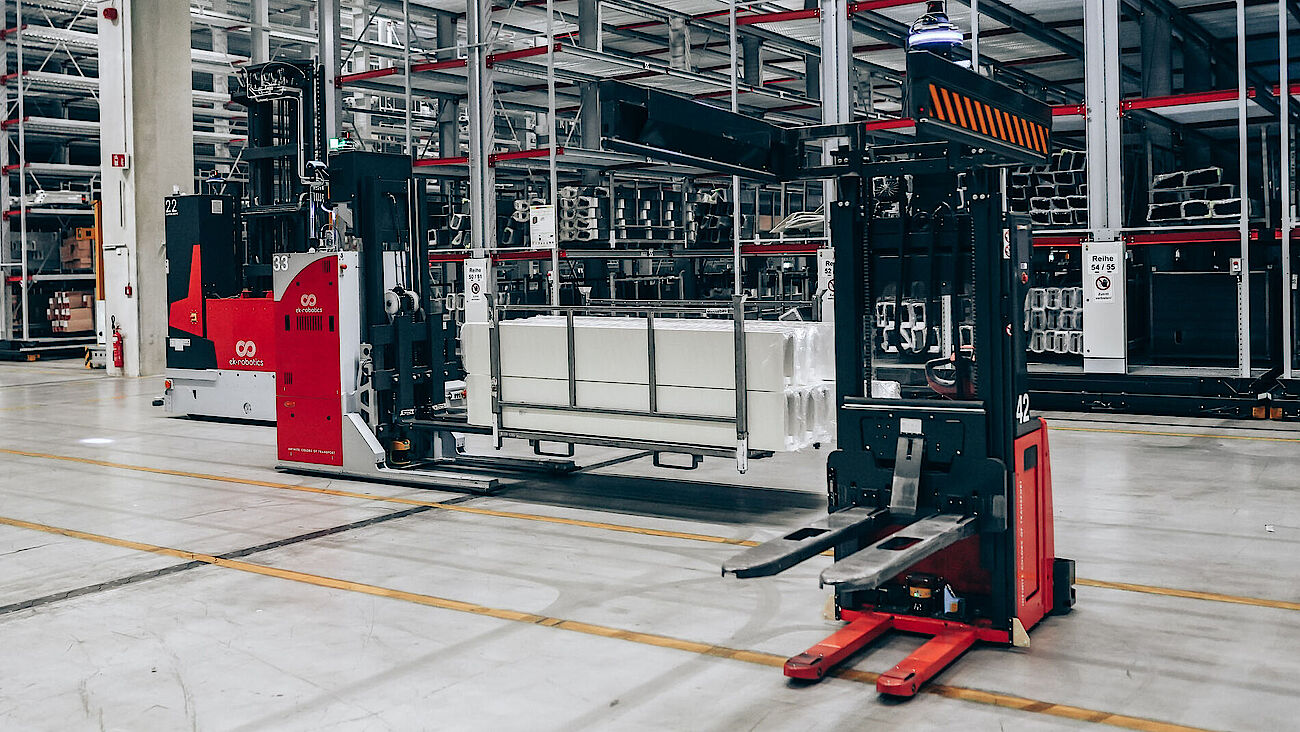
![[Translate to Englisch:] [Translate to Englisch:]](/fileadmin/_processed_/b/4/csm_ek-robotics-outdoor-agv-transportroboter__1__dab34780a4.jpg)
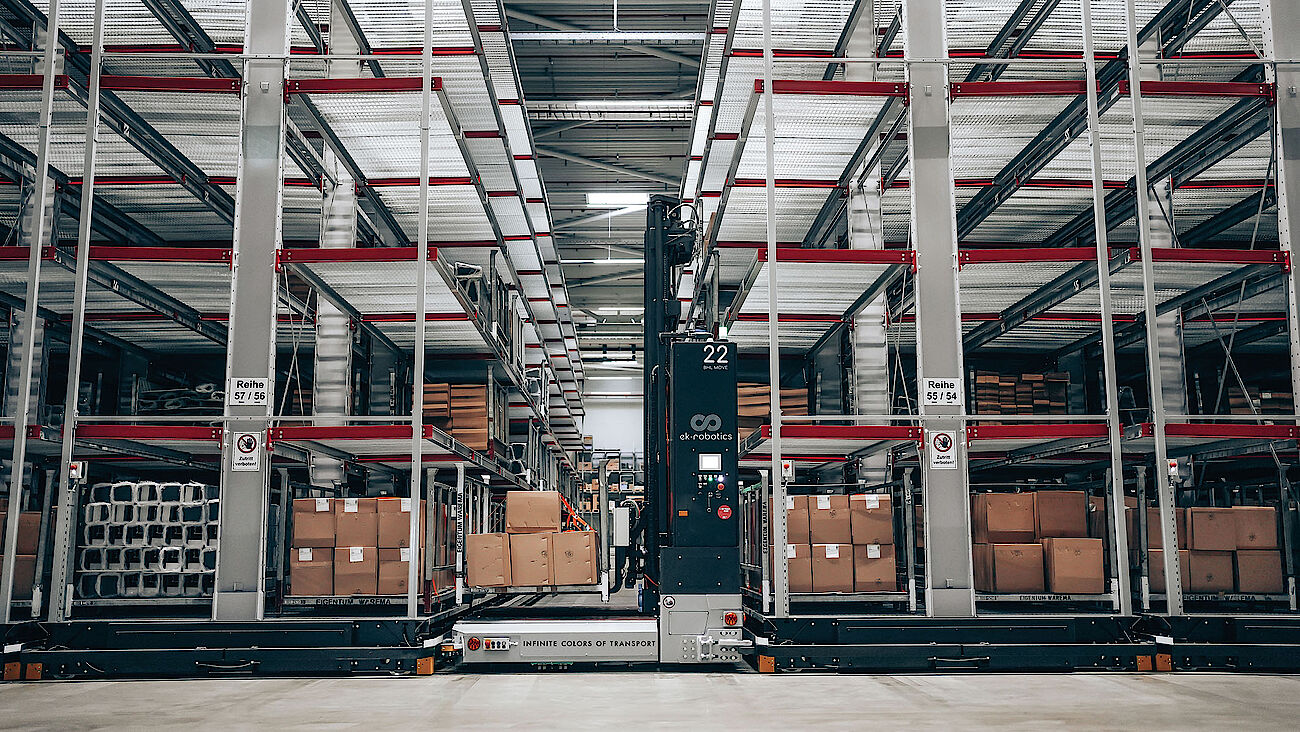
![[Translate to Englisch:] [Translate to Englisch:]](/fileadmin/_processed_/c/9/csm_ek-robotics-vario-move-agv-fts-papierindustrie__2__ffe25a92d7.jpg)
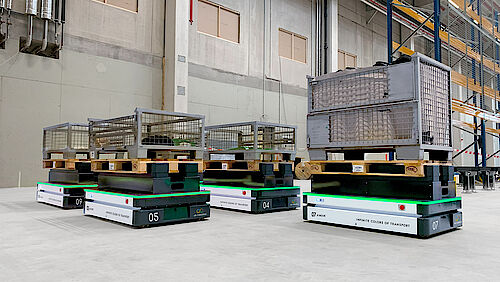
![[Translate to Englisch:] [Translate to Englisch:]](/fileadmin/_processed_/d/1/csm_ek-robotics-agv-regallagerung-fts-transportroboter__6__bb78423c26.jpg)
![[Translate to Englisch:] Das Vertriebsteam von ek robotics nebem dem VARIO MOVE Transportroboter](/fileadmin/_processed_/6/9/csm_ek-robotics-lp-ueber-uns-header-team-3840x2160.jpg_9e9709f203.png)